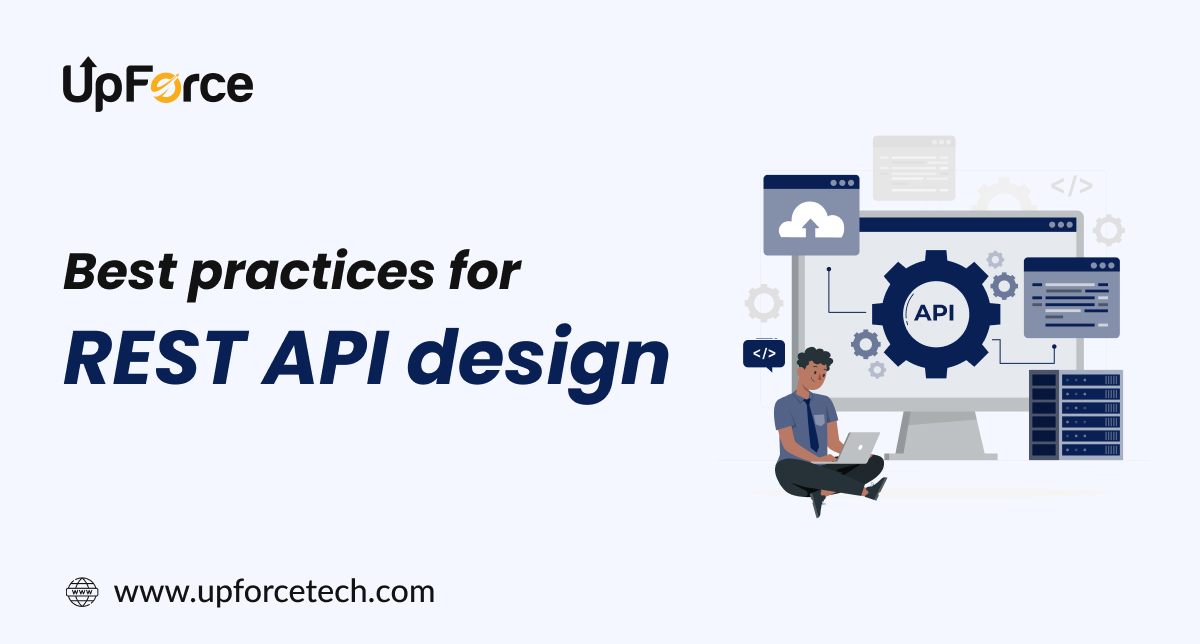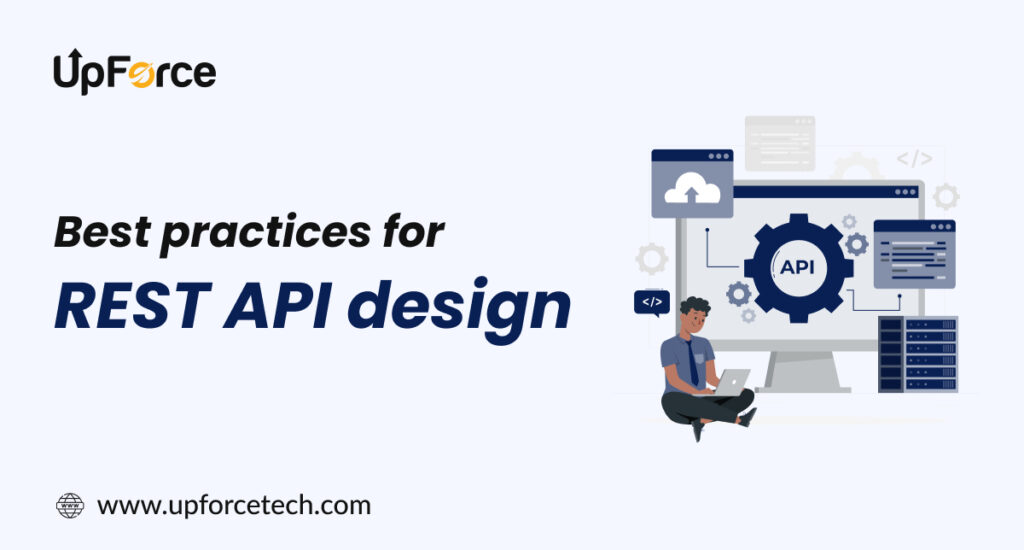Best Practices for REST API Design
Table of Contents
Introduction: Why Good REST API Design Matters
In today’s connected world, apps talk to each other constantly. Whether it’s a mobile app fetching user data or a website processing payments, REST APIs make it all possible.
But not all APIs are created equal. A poorly designed API leads to confusion, bugs, and frustrated developers. A well-designed one is easy to use, secure, and built to last.
This guide covers the best practices for REST API design in 2025—written in simple language so anyone can follow it.

What is a REST API?
A REST API (Representational State Transfer) is a way for systems to talk over the web using simple rules. It works with common HTTP methods like:
-
GET – to retrieve data
-
POST – to add data
-
PUT/PATCH – to update data
-
DELETE – to remove data
REST is popular because it’s lightweight, scalable, and easy to understand.
Best Practices for REST API Design
1. Use Clear and Consistent URLs
Your API should speak for itself. Use clean, descriptive paths that make sense.
✅ Good:GET /users/123/orders
❌ Bad:GET /getUserOrder?user_id=123
📝 Tip: Use nouns for resource names and avoid using verbs in URLs.
2. Use HTTP Methods the Right Way
Each method has a purpose. Stick to these standard uses:
-
GETto read data -
POSTto create data -
PUTto replace data -
PATCHto update part of the data -
DELETEto remove data
This makes your API predictable and easy to work with.
3. Add Versioning
APIs change over time. Versioning ensures older apps won’t break when updates are made.
✅ Example:https://api.example.com/v1/users
💡 Use v1, v2, etc., in the URL to track changes.
4. Use Meaningful HTTP Status Codes
Send the right status codes so developers know what happened:
-
200 OK– success -
201 Created– resource created -
400 Bad Request– client error -
401 Unauthorized– login needed -
404 Not Found– data not found -
500 Internal Server Error– server issue
This improves debugging and user experience.
5. Handle Errors Gracefully
Your API should return useful error messages—not just a blank screen.
✅ Good Error Response:
{
"error": "Invalid email format",
"code": 400
}
❌ Bad:
Error: Something went wrong
💡 Make errors human-readable and include error codes.
6. Use JSON as the Default Format
In 2025, JSON is still the standard for APIs. It’s clean, readable, and works well across systems.
Avoid using XML unless your client needs it specifically.
7. Secure Your API
Security should never be optional. Protect your API with:
-
HTTPS for all traffic
-
Authentication (like API keys or OAuth)
-
Rate limiting to stop abuse
-
Input validation to block bad data
Even small APIs need protection.
8. Support Filtering, Sorting, and Pagination
If your API returns large amounts of data, make it easy to manage.
✅ Examples:
-
/products?sort=price&order=asc -
/users?page=2&limit=10 -
/orders?status=shipped
This improves performance and gives users more control.
9. Keep It Simple and Document Everything
Good APIs are easy to learn. Use clear naming, return what’s needed, and keep things consistent.
🧾 Provide full documentation using tools like:
-
Swagger (OpenAPI)
-
Postman
-
Redoc
📌 Bonus Tip: Add examples in your docs so users can test faster.
10. Make Your API Future-Ready
Think ahead. Design your API so it can grow without breaking things:
-
Use versioning
-
Don’t remove fields without notice
-
Plan for mobile and AI-powered clients
Sample REST API Design
Endpoint: GET /books/567
Response:
{
“id”: 567,
“title”: “The Future of Code”,
“author”: “Jane Dev”,
“published”: 2025
}
Final Thoughts
REST APIs power the digital world behind the scenes. Whether you’re building an app, managing a product, or helping your team grow, following these best practices for REST API design will make your software more stable, secure, and easy to work with.
📩 Need help designing or testing your API?
👉 Let’s talk – UpforceTech is here to help
Are you looking to Grow your business with skilled developers? Hire a contract developer today to bring fresh ideas and expertise to your team. Learn how UpforceTech can help!
Sign up for the free Newsletter
“A great API is like a good user interface—simple, helpful, and hard to misuse.”
UpforceTech
FAQs
It protects old apps from breaking when new changes are added.
JSON is preferred for its simplicity and speed.
Use HTTPS, authentication, input validation, and rate limits.
Yes, use pagination and filtering to keep things fast and efficient.
Absolutely. Clear documentation saves time for everyone using it.

